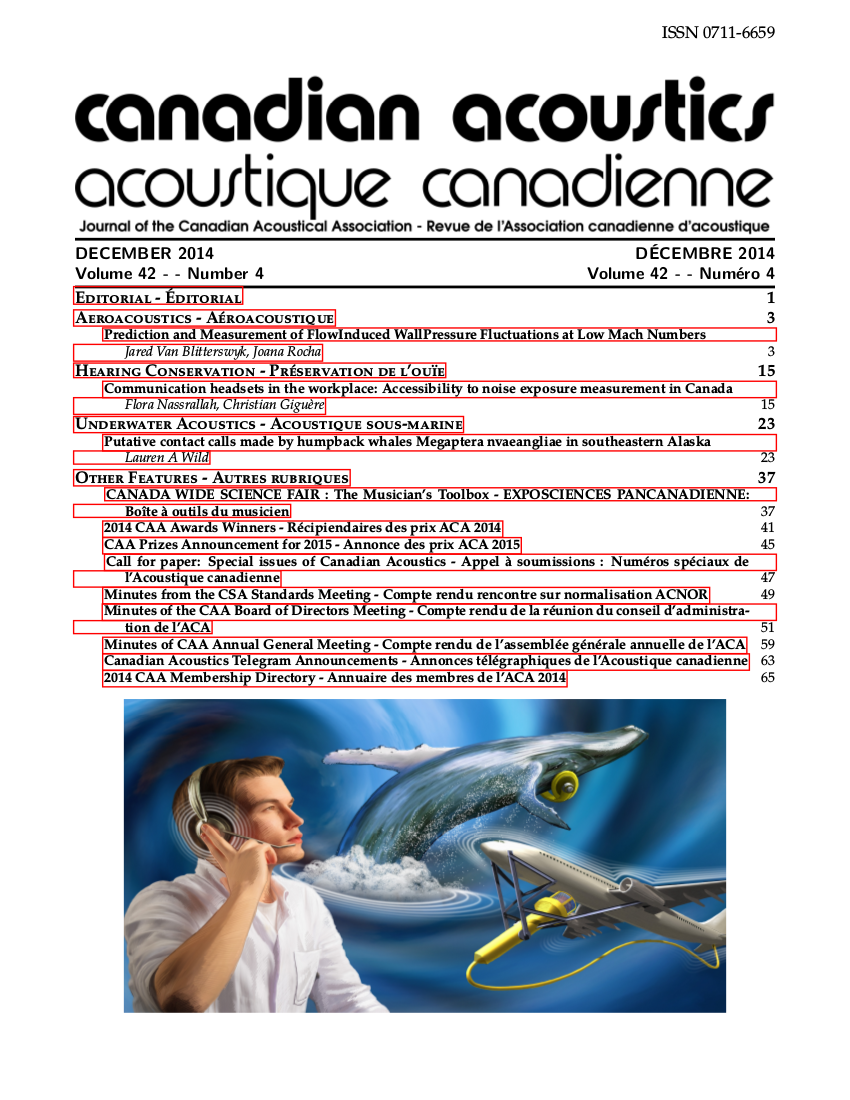Putative contact calls made by humpback whales (Megaptera novaeangliae) in southeastern Alaska
Keywords:
humpback whale, whup, wop, communication, contact callAbstract
Describing the acoustic properties and usage patterns of whale vocalizations is essential for documenting their functions and biological importance. Here the authors describe the acoustic characteristics and patterns of occurrence of the most common vocalization of the humpback whale (Megaptera novaeangliae) on its southeastern Alaska summer feeding grounds; a simple frequency-modulated call referred to as the “whup”. The authors examined 59 randomly selected days of continuous data recorded from an anchored hydrophone in Glacier Bay National Park from May through September 2007-2010. Using an automated detector 1,336 whups were identified, and their physical characteristics measured. Two distinct components of each whup were measured: a low-frequency growl with a fundamental tone, and a broadband upsweep. The growl component averaged 0.47 sec duration, within a 56-187 Hz frequency range, and had a peak frequency of 94 Hz. The upsweep component averaged 0.19 sec duration over a broadband frequency range of 52-743 Hz, with a peak frequency of 93 Hz. Of the 1,336 whups identified, 61% were in multiple-call groupings. Whups were significantly more likely to occur at night than during the day (t= -2.647, df=22, p=0.0147). Due to its patterns of usage and acoustic similarity to other mysticete contact calls, the authors speculate that inter-group communication is the main function of this call.
Additional Files
Published
How to Cite
Issue
Section
License
Author Licensing Addendum
This Licensing Addendum ("Addendum") is entered into between the undersigned Author(s) and Canadian Acoustics journal published by the Canadian Acoustical Association (hereinafter referred to as the "Publisher"). The Author(s) and the Publisher agree as follows:
-
Retained Rights: The Author(s) retain(s) the following rights:
- The right to reproduce, distribute, and publicly display the Work on the Author's personal website or the website of the Author's institution.
- The right to use the Work in the Author's teaching activities and presentations.
- The right to include the Work in a compilation for the Author's personal use, not for sale.
-
Grant of License: The Author(s) grant(s) to the Publisher a worldwide exclusive license to publish, reproduce, distribute, and display the Work in Canadian Acoustics and any other formats and media deemed appropriate by the Publisher.
-
Attribution: The Publisher agrees to include proper attribution to the Author(s) in all publications and reproductions of the Work.
-
No Conflict: This Addendum is intended to be in harmony with, and not in conflict with, the terms and conditions of the original agreement entered into between the Author(s) and the Publisher.
-
Copyright Clause: Copyright on articles is held by the Author(s). The corresponding Author has the right to grant on behalf of all Authors and does grant on behalf of all Authors, a worldwide exclusive license to the Publisher and its licensees in perpetuity, in all forms, formats, and media (whether known now or created in the future), including but not limited to the rights to publish, reproduce, distribute, display, store, translate, create adaptations, reprints, include within collections, and create summaries, extracts, and/or abstracts of the Contribution.


